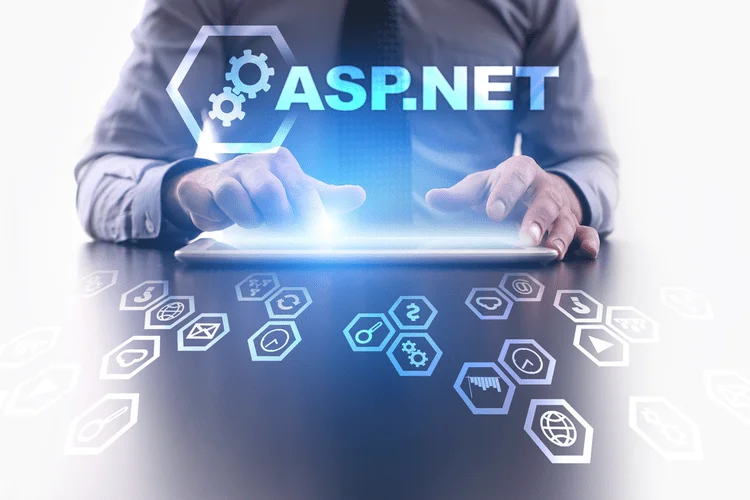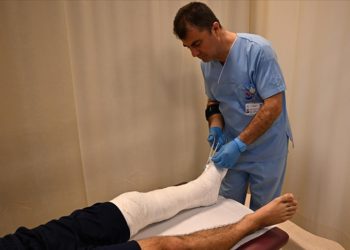Content
- Virtual reality in the classroom
- DataDecisionMakers
- Provide strong & powerful support to get projects from the governments, regarding immersive education systems
- VR for Management and Business Education
- Has immersive XR been welcomed by students and teachers?
- Design and implementation of a metaverse platform for traditional culture: the chime bells of Marquis Yi of Zeng
Another of the profound affordances of VR is the immersion into three dimensions. Note that the screenshot is taken from the 3rd person POV for the purposes of edification, but Jessica, the human player, is seeing the atom floating above the burner in 1st person or a “head on” POV. After she places the strontium over the heat, the outer electron moves out of the stable outer orbit.
For example, Dyer et al. used I-VR to allow health care students to take the perspective of an older patient with age-related medical conditions, which led to increased empathy. This will require researchers and instructors to carefully consider their tools for evaluation and assessment, perhaps incorporating mixed-methods to give a more holistic overview of learning achieved. The review has also been able to identify areas for improvement in future studies, which would address confounding variables and expand the scope of research.
Virtual reality in the classroom
In addition, the same instrument was used in a previously peer-reviewed systematic review examining VR, by Jensen and Konradsen . Understand where I-VR confers an educational benefit in terms of quantitative learning outcomes over non-immersive and traditional teaching methods. A concise definition of VR’s key characteristics is challenging due to the ever-changing nature of the technology. However, Sherman and Craig proposed that there are a number of constituent elements that must underpin the VR experience, ultimately leading to the life-like perception of the virtual environment. These include the necessity for VR to be immersive, in that the participant’s own cognitive faculties produce a sense of being present and involved in the virtual space, often with reduced awareness of what is happening in the real-world around them. Additionally, the virtual space should offer a degree of interactivity, in that the user can manipulate the environment and test variables.

Unlike traditional media such as textbooks, immersive virtual reality and related technologies allow educational content to be projected all around the learner. By being virtual, the content is no longer bound to the laws of physical reality and can thus be presented in novel ways, virtual reality in education with the potential to benefit learners. For example, a visually and spatially complex subject such as neuroanatomy may be hard to comprehend when using textbooks, as readers have to make due with a restricted number of 2D images of anatomical structures (Jeffrey et al., 2002).
DataDecisionMakers
These are encouraging findings for I-VR’s effectiveness in psychomotor and procedural education, as there has been a degree of scepticism over whether I-VR simply produces a “getting good at the game” effect. For instance, Jensen and Konradsen point out that the honing of procedural skills within I-VR may simply lead to the participant becoming proficient when performing the task virtually, and this may not necessarily transfer to the real world. The current review has identified that the two procedural studies that implemented a transfer task did indeed demonstrate a significant benefit to using I-VR as an initial education method. This demonstrates that virtual training can be a successful precursor to implementation in the real world. This suggests that I-VR could be useful in educating students in dangerous vocational subjects such as electrical engineering without risk to themselves or others. However, this view is based on a small number of studies, and it is therefore important that future procedural tasks utilise a transfer activity to understand the potential scope and parameters surrounding I-VR training and real-world application.

In an inclusive interpretation, according to some researchers, cognition would be broadly defined to include all sensory systems and emotions (Glenberg, 2010; Glenberg et al., 2013). A more exclusionary stance is one that distinguishes between low and high levels of embodiment. For a lesson to be deemed highly embodied, the learner would need https://globalcloudteam.com/ to be physically active; the learner would have to kinesthetically activate motor neurons. Some principles for designing embodied education into MR platforms have been suggested (Lindgren and Johnson-Glenberg, 2013), and AR design principles have been proposed ; however, there are no design guidelines for VR that are based on embodiment.
Provide strong & powerful support to get projects from the governments, regarding immersive education systems
This makes having a high-performing PC with balanced CPUs and GPUs a critical component for delivering better learning experiences. PC-based VR learning experiences engage students in fully immersive, hands-on activities. These active learning opportunities ignite students’ imaginations and interest in new subjects and help them to acquire modern skills before joining the workforce. For the most part, immersive VR educational lessons and studies have occurred primarily in adult populations .
- Nowadays, for the first time in history, immersive virtual reality is available to millions of people.
- In terms of the direct assessment instrumentation used to examine outcome measures, there was a heavy reliance on the multiple-choice questionnaire .
- The increase in graphical fidelity afforded by I-VR has allowed not only for the creation of complex computer-generated environments, but also the viewing of high resolution 360° video.
- With research focus on the intersection of business and society, innovative teaching methods and exciting partnerships, the Hoffmann Institute takes our positive social impact to the next level.
- For the CAVE condition, names and function descriptions of brain areas were obtained from a textbook chapter on neuroanatomy (Friedenberg & Silverman, 2006).
- Before the class gets started, an IT staff member will be needed to set up the VR devices.
Most studies (72%) featured only a single intervention with the I-VR experience, meaning that the student was exposed to the technology just once. There were a few exceptions to this, with Ostrander et al. having seven individual I-VR experiences in their manufacturing lesson, as well as Ray and Deb utilising smartphone based I-VR over the course of 16 sessions. Other studies allowed a greater degree of freedom in the number of interventions or times that a student could use I-VR.
VR for Management and Business Education
If you are having trouble seeing or completing this challenge, this page may help. If you continue to experience issues, you can contact JSTOR support. More than 1,000 MBA students and 150+ Executive MBA participants every year to meet your talent acquisition and retention needs. With research focus on the intersection of business and society, innovative teaching methods and exciting partnerships, the Hoffmann Institute takes our positive social impact to the next level. INSEAD Knowledge’s articles, blog posts and videos provide highly actionable takeaways for business success, sourced from INSEAD faculty research.

◦ Some free exploration can be useful in the first few minutes for accommodation and to incite curiosity, but once the structured part of the lesson begins, guide the learner. You can guide using constructs like pacing, signposting, blinking objects, etc. To understand why free exploration has not held up well in STEM education, see Kirschner et al. . ◦ When users build the first fireworks in our chemistry lesson, they can only make one stage rockets. The multi-chambered cylinders are not available in the interface until users show mastery of the simpler content. Theories of constructivism and guided exploration are prevalent throughout the lesson.
Has immersive XR been welcomed by students and teachers?
After all, many companies have tried to deploy K-12 experiences in VR in the past, and the results were often a cool demo that students tried once and then grew tired of. This paper describes the development of a novel application for teaching Mandarin using CAVE-like VR, physical props, human actors and intelligent virtual agents, all within a semester-long multiplayer mystery game. To define VR, a system that aims to bring simulated real-life experiences, providing topography, movement, and physics that offer the illusion of being there is useful so as to reflect its development as a state-of-the-art technology. VR helps students with special needs develop their knowledge, skills, and attitudes in ways that would not have been possible otherwise. Another key learning principle that Immersive Learning in VR can really maximize is a combination of attention and engagement known as arousal. It means that real emotional responses like stress, anxiety, and surprise are induced more authentically to make training memorable and impactful.













